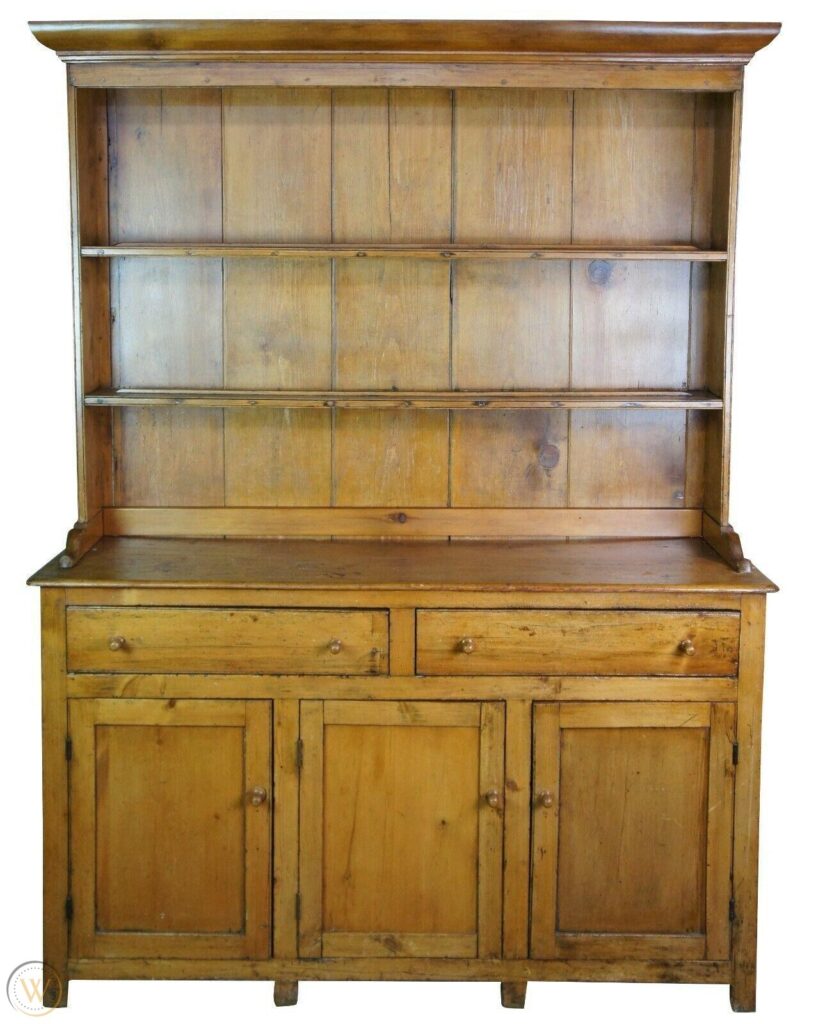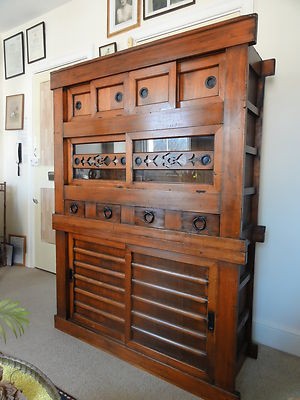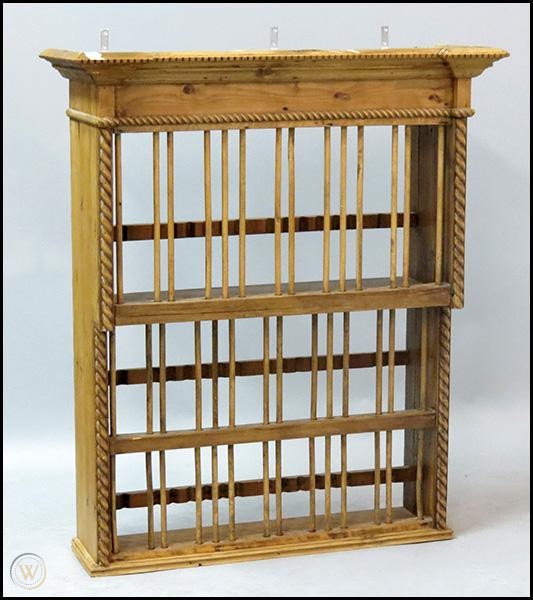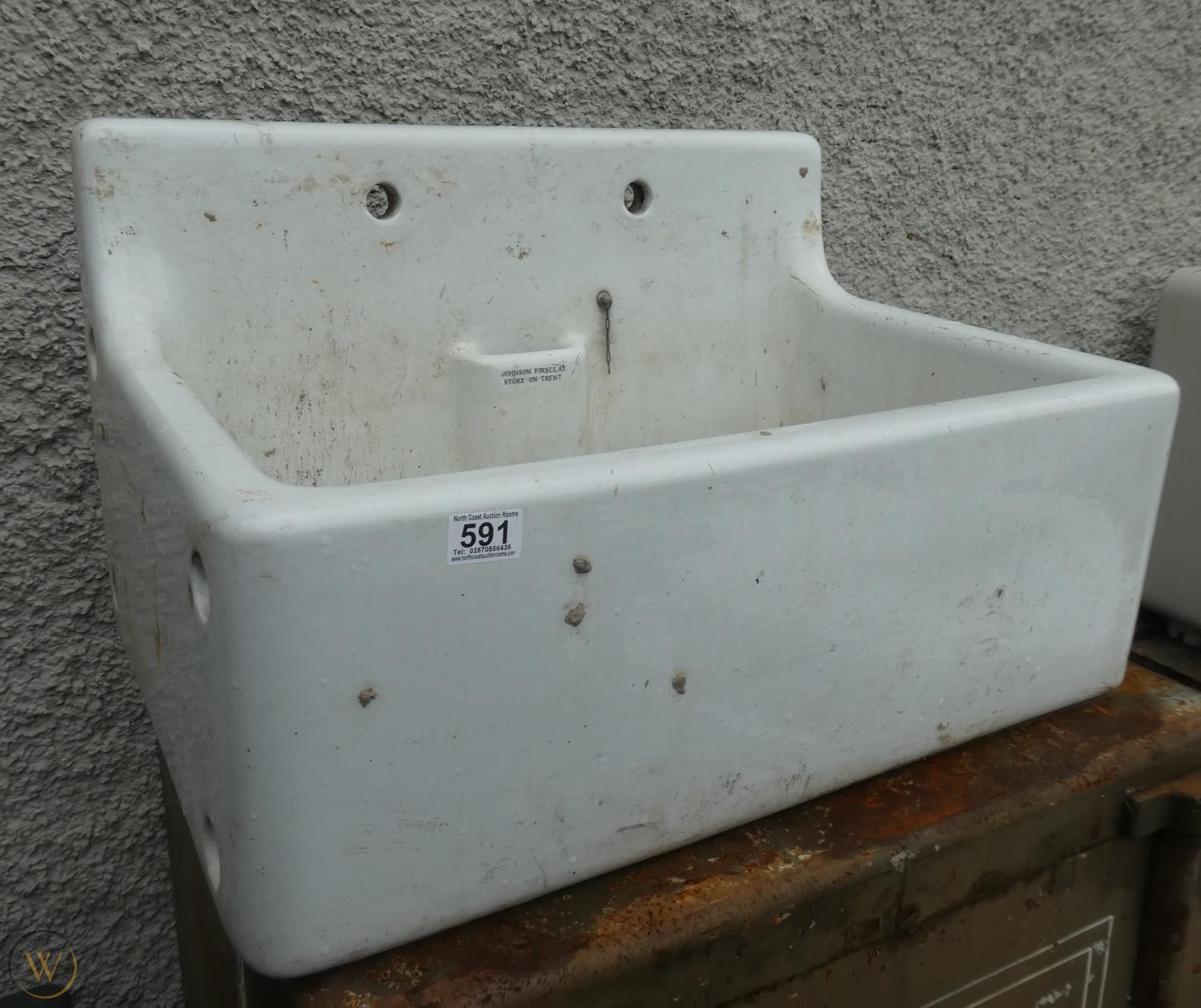
A wooden chest with Moroccan mashrabiya latticework. A Mexican trastero cupboard. The American Hoosier cabinet. Many examples of antique and vintage storage solutions combine purpose and beauty. These well-constructed, sturdy, and enduring pieces are currently in high demand for modern interiors as options for freestanding storage and work surfaces.
The predictions of trend-forecasting agencies and interior design mainstays such as Architectural Digest suggest that modern interiors are reforming. Designers and their clients, they claim, are looking for ways to reduce costs, create flexible spaces, and have confidence in their sustainability and environmental impact. Enter the freestanding kitchen, also known as an unfitted or restaurant kitchen. Kitchens that are furnished rather than fitted are a growing trend and lasting formula for interiors.
Freestanding kitchens are not new to Western kitchens, as untethered worktables and storage were standards of kitchen spaces before the mid-20th century. After the 1930s, technological gadgetry, prefabrication, and large-scale building development in the United States and Europe made a fitted kitchen, well, fit the modern idea of a home. The modern appliances and tools were large and heavy, requiring bracing to secure fixtures for proper handling. Cabinetry became permanent to the space, dominating the flow of a room, and was purchased and installed at one time.
A cultural shift in contemporary lifestyles means a change in interiors. As we return to aligning mobile furniture with how we live our lives and interact with our spaces, we reconsider the direction and evolution of kitchen design. Kitchens are the most expensive rooms to renovate, whether opening the floor plan, redesigning them for better function, or creating a space for a dog bed. These design decisions can be even more costly in rental spaces. These constraints are where the movable sections and storage of freestanding, furnished kitchens come in handy.
Warmth and Functional Design
Market trend forecasters predict that the modern person wants to eliminate the non-essentials. For home design, this minimalistic tendency can often leave functional areas of the home appearing sterile and unwelcoming. In contrast, the warmth of aged wood, folk design, and metal patinas add an ambiance of comfort. Therefore, an antique piece of furniture in the kitchen is a reminder of heartiness. Natural wood, most often maple, cherry, or walnut, is the traditional Shaker look. Painted cabinets are also increasingly popular, and Japanese cabinetry made of thin planks of cypress or cedar adds a warm glow to industrial spaces.
A movable kitchen can be treated like the other rooms of a home. Investing in portable, freestanding units makes it easy to rearrange a space as needs change—it even allows better access to utilities for maintenance. Compared to a fitted kitchen’s significant, all-at-once investment, homeowners can install items like single cabinets piecemeal. We have eliminated, compartmentalized, lightened, and shrunk so many necessities in our modern environment. Even modern maximalists are very minimal compared to our lives seventy-five years ago. Today, many desire spaces that reflect heritage and traditions while maintaining simplicity and tranquility.
As contemporary interior trends lean toward the appearance of kitchens past, “Farmhouse” and “Edwardian Kitchen” are highly searched terms used on First Dibs and Cherish. Present-day supplies can pantomime the look, but custom fitting and installation costs can often be greater than the real thing. Modern materials are chipboard and metal bracings, but we seek authenticity in our home spaces.

Cost and Sustainability
Remodels are not only financially expensive but also costly in terms of the material and energy used to produce them. On the other hand, vintage freestanding cabinetry saves on construction waste and reclaiming existing material minimizes the need for new products to be produced. One of the best things we can do for the environment is reuse instead of buying new. Because many freestanding antique cabinetries were designed to travel, their restoration promotes sustainable design and space flexibility.
As collectors, we want to preserve the past and embrace the new. By piecing together your kitchen space with antique items, you are bringing together traditional materials and color palettes with modern design sensibilities. As you shop for pieces in antique, architectural salvage, and thrift stores, keep a list of measurements to keep both your budget and floor plan in mind.

Showcasing Antique Cabinetry
I often read articles discussing industry intentions for sales and how best to market collection inventory. Freestanding storage pieces are often substantial and become challenging to stage, photograph, and move when not serving their purpose. Shifting how we promote freestanding cabinetry can accelerate their sales.
For example, while bringing out a mineral lubricant like Howard’s Oil to zhuzh up an antique wood hutch, remove any accompanying old-fashioned staging accessories. No Flow Blue soft-paste teacups or doilies here. While these additions may be period-accurate and popular, incorporating antique furniture in contemporary environments will help customers see their potential. Instead, display mid-century Scandinavian ceramics and feature Marimekko Linens and modern functional kitchen equipment. You may even inspire buyers by blending heirloom pieces with the new, such as a Victorian dresser as a tea and coffee station in the kitchen. These storage workhouses have an obvious appeal in their original use but can be reimagined for modern interiors.
Customization and Safety
Customizing antique furniture is also an option. Various mounting capabilities and the ability to adjust the heights of counters and work surfaces promote accessibility and efficiency in changing a space to fit a transitioning lifestyle. The multifunctionality of cabinetry can be incorporated into any room. Flexibility is a solution for storage and unique space situations. Buying antique cabinetry gives you the ability to take the investment with you.

One last thing about freestanding furniture to consider is safety. If you have kids and active pets or are reliant on surfaces for support at home, firmly securing your large and heavy furniture is a good practice to prevent it from toppling. Brace and mounting products can be purchased as kits from hardware and retail stores. Products that minimize potential danger have been specially designed and tested for standard, like the anti-tip furniture bracing from Qdos. Make your pie safes safe for all, not just pies (yes, that was a lousy joke, but it fits)!
To learn more about furnishing modern spaces with vintage furniture, read our Blog articles on items like antique spice cabinets. WorthPoint® also has a wealth of Dictionary articles describing the histories and identifying features of vintage furniture and furnishings.
Amber Duginske Rohl has a master’s degree in Library Science, is an art valuator, and textile and garment seller. Amber has worked as an antiques dealer, decorative arts specialist for auction sales, and in several museum collections and curatorial departments in the United States. Currently, in the Southwest US, Amber helps in personal property and estate valuations. Great joy can be found here in the mountain and desert communities, whether it is hiking to beautiful vistas to watch the sunset or excellent vintage and thrift shopping. It is all an exploration!
WorthPoint—Discover. Value. Preserve.
The post Freestanding Kitchens, Vintage Cabinets in High Demand appeared first on WorthPoint.

